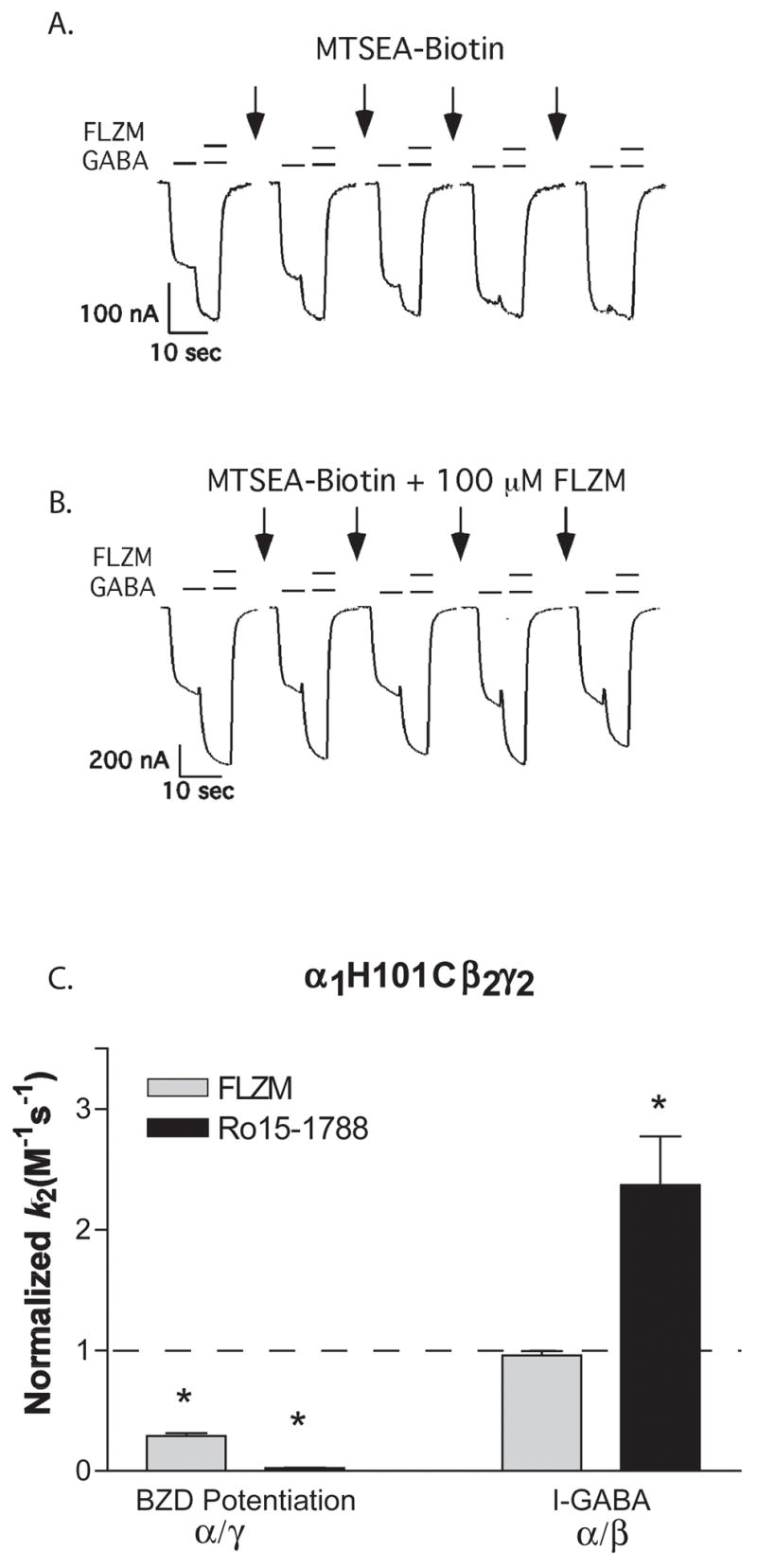Figure 6. The effect of FLZM and Ro15-1788 on the rate of MTSEA-Biotin modification of α1H101C.

A, B. GABA (EC15) and GABA + FLZM (EC95) current responses from oocytes expressing α1H101β2γ2 receptors before and after applications of 50 μM MTSEA-Biotin alone (A) or in the presence of a saturating concentration of FLZM (B). C. MTSEA-Biotin k2 values were measured in the presence of FLZM (BZD agonist) and Ro 15-1788 (BZD antagonist) and normalized to values measured in the absence of these ligands (control, dashed line). Rate constants for the decrease in BZD potentiation (α/γ interface) and the increase in I-GABA (α/β interface) were measured. BZD-site ligands significantly slowed the rate of decrease in BZD potentiation caused by MTSEA-Biotin modification but did not slow the rate of increase in I-GABA. * Values significantly different from control (p < 0.05). k2 values are summarized in Table 3.
